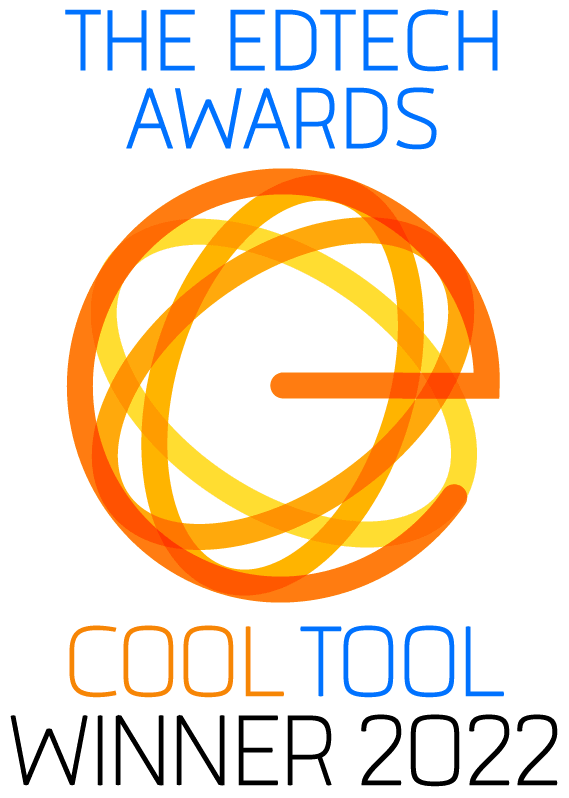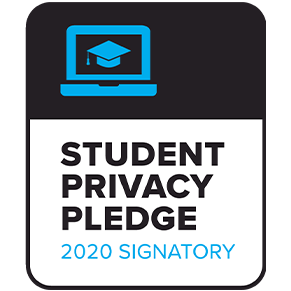Differentiation
Differentiation means adjusting instruction to meet individual student needs in the classroom. Because different students come to classrooms with different experiences, research demonstrates that successful teachers vary their instructional strategies accordingly. According to Carol A. Tomlinson, “whether teachers differentiate content, process, products or the learning environment, the use of ongoing assessment and flexible grouping makes this a successful approach to instruction” (Tomlinson (2000) Differentiation of Instruction in the Elementary Grades).
The DBQ Project actively works to differentiate the process, the products and the learning environment while maintaining a high standard for reading and writing about meaty historical questions. We are strong advocates of providing rigorous learning opportunities but we structure our lessons to allow all students access.
All DBQ Project DBQs are designed for different ability levels. Each of our Mini-Qs poses a question with 4-6 documents. Students use the documents to develop and support an answer to a question. We write our Mini-Qs with heavy scaffolding and an explicit guided essay but we also provide a “clean version” of the same question with only minimal guidance and a more generic essay outline. Our longer DBQs that contain 10-16 documents per question also come with optional scaffolding questions to support less experienced students. By building the scaffolding in to our materials, we offer teachers flexibility to provide some students a more structured process and others a looser one. In all cases, we provide graphic organizers that help students at any level organize their thinking.
In every classroom, some students have more experience than others with any given lesson. Since reading and writing are such important skills, it is important for teachers to clearly define parameters for success in such a way that inexperienced learners can succeed even if they do not “catch up” to the experience of others in the class. We clearly outline requirements for benchmark products that students need to complete before writing their essays. Answering background essay questions, writing notes that analyze and group documents and “thrashing out” their ideas verbally before they write build in formative assessments that take the high stakes off the final product. In addition, the final product has clearly defined characteristics: factual evidence embedded in the documents and the author’s interpretation or commentary on those facts. However, because students’ interpretations will vary and expert historians can intelligently disagree about answers to our questions, one student’s “correct” final product will never be exactly the same as another’s.
The DBQ Project does not apologize for strongly promoting thinking and writing because our 6-Step Method promotes an active, differentiated learning environment. Using DBQ Project DBQs helps build a collegial classroom environment that promotes mutual respect among students. Each of the 6 Steps encourages different skills: questioning, listening, categorizing, analyzing, decoding vocabulary, synthesizing and of course, reading and writing. During the DBQ activity which takes most teachers a minimum of three days, students will work in pairs, in small groups, as presenters and listeners, and as participants in a debate-style “Thrash Out.” This gives teachers the opportunity to coach individual and small groups of students one-on-one whether they need extra help or more challenge.
Carol Tomlinson states “whenever a teacher reaches out to an individual or small group to vary his or her teaching in order to create the best learning experience possible, that teacher is differentiating instruction”(Tomlinson, 2000). The DBQ Project is committed to providing teachers with materials that help them make those crucial connections with all of their different students.
Back to Best Practice Alignment

